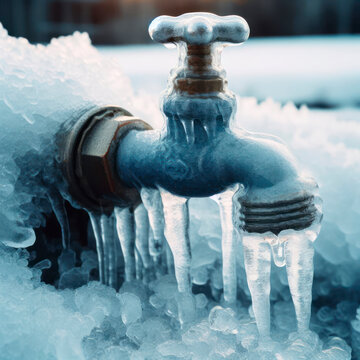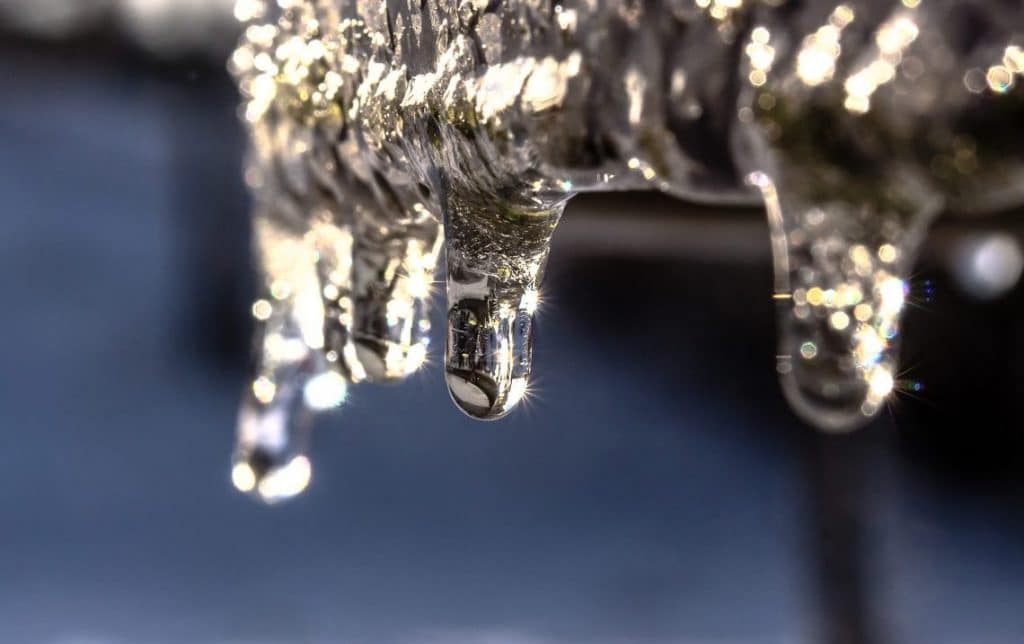Crucial Advice to Prevent Frozen Plumbing in Winter: Specialist Guidance
Crucial Advice to Prevent Frozen Plumbing in Winter: Specialist Guidance
Blog Article
They are making a few good points relating to Prevent Frozen Pipes in general in this article in the next paragraphs.

Winter can ruin your pipes, specifically by freezing pipelines. Here's exactly how to avoid it from taking place and what to do if it does.
Intro
As temperatures drop, the danger of frozen pipes boosts, possibly causing costly repair services and water damage. Comprehending just how to prevent frozen pipes is critical for property owners in cool environments.
Understanding Frozen Pipelines
What creates pipelines to ice up?
Pipes freeze when exposed to temperatures below 32 ° F (0 ° C) for extended periods. As water inside the pipelines freezes, it increases, taxing the pipeline walls and potentially triggering them to burst.
Threats and damages
Icy pipelines can result in water disturbances, residential or commercial property damages, and costly repair work. Burst pipelines can flooding homes and create substantial structural damage.
Indicators of Frozen Pipeline
Determining icy pipelines early can stop them from breaking.
How to recognize icy pipes
Search for lowered water circulation from faucets, unusual smells or noises from pipes, and visible frost on revealed pipes.
Prevention Tips
Protecting vulnerable pipelines
Cover pipes in insulation sleeves or use warm tape to secure them from freezing temperature levels. Concentrate on pipelines in unheated or exterior locations of the home.
Home heating strategies
Maintain indoor rooms effectively warmed, especially areas with pipes. Open cabinet doors to permit cozy air to flow around pipes under sinks.
Safeguarding Exterior Pipes
Yard tubes and exterior taps
Detach and drain garden pipes prior to winter months. Set up frost-proof spigots or cover outside taps with insulated caps.
What to Do If Your Pipes Freeze
Immediate activities to take
If you believe frozen pipes, maintain taps available to relieve stress as the ice melts. Use a hairdryer or towels taken in hot water to thaw pipes gradually.
Long-Term Solutions
Structural changes
Consider rerouting pipes away from outside wall surfaces or unheated locations. Add extra insulation to attic rooms, basements, and crawl spaces.
Updating insulation
Invest in top notch insulation for pipelines, attic rooms, and wall surfaces. Correct insulation assists preserve constant temperatures and decreases the danger of frozen pipelines.
Verdict
Stopping frozen pipes requires aggressive procedures and fast feedbacks. By recognizing the causes, indicators, and preventive measures, homeowners can secure their pipes throughout cold weather.
5 Ways to Prevent Frozen Pipes
Drain Outdoor Faucets and Disconnect Hoses
First, close the shut-off valve that controls the flow of water in the pipe to your outdoor faucet. Then, head outside to disconnect and drain your hose and open the outdoor faucet to allow the water to completely drain out of the line. Turn off the faucet when done. Finally, head back to the shut-off valve and drain the remaining water inside the pipe into a bucket or container. Additionally, if you have a home irrigation system, you should consider hiring an expert to clear the system of water each year.
Insulate Pipes
One of the best and most cost-effective methods for preventing frozen water pipes is to wrap your pipes with insulation. This is especially important for areas in your home that aren’t exposed to heat, such as an attic. We suggest using foam sleeves, which can typically be found at your local hardware store.
Keep Heat Running at 65
Your pipes are located inside your walls, and the temperature there is much colder than the rest of the house. To prevent your pipes from freezing, The Insurance Information Institute suggests that you keep your home heated to at least 65 degrees, even when traveling. You may want to invest in smart devices that can keep an eye on the temperature in your home while you’re away.
Leave Water Dripping
Moving water — even a small trickle — can prevent ice from forming inside your pipes. When freezing temps are imminent, start a drip of water from all faucets that serve exposed pipes. Leaving a few faucets running will also help relieve pressure inside the pipes and help prevent a rupture if the water inside freezes.
Open Cupboard Doors
Warm your kitchen and bathroom pipes by opening cupboards and vanities. You should also leave your interior doors ajar to help warm air circulate evenly throughout your home.

We were introduced to that editorial on Helpful Tips to Prevent Frozen Pipes this Winter through someone on our other site. In case you liked our blog posting if you please make sure you remember to share it. I am grateful for your time. Return soon.
This Website Report this page